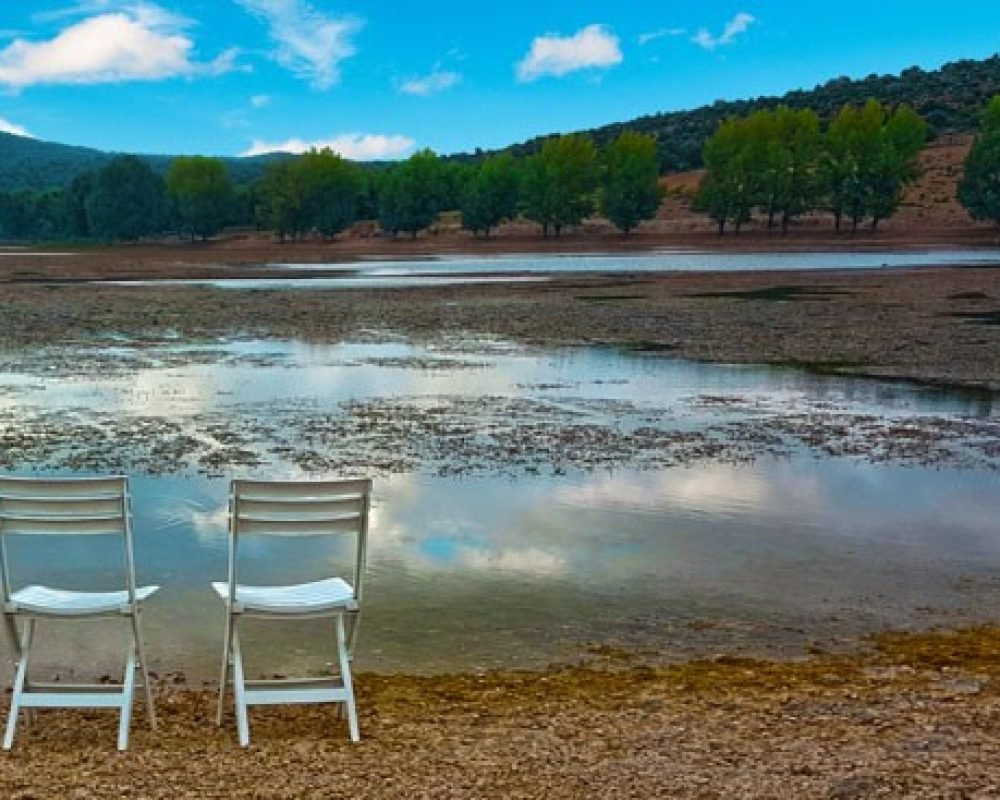
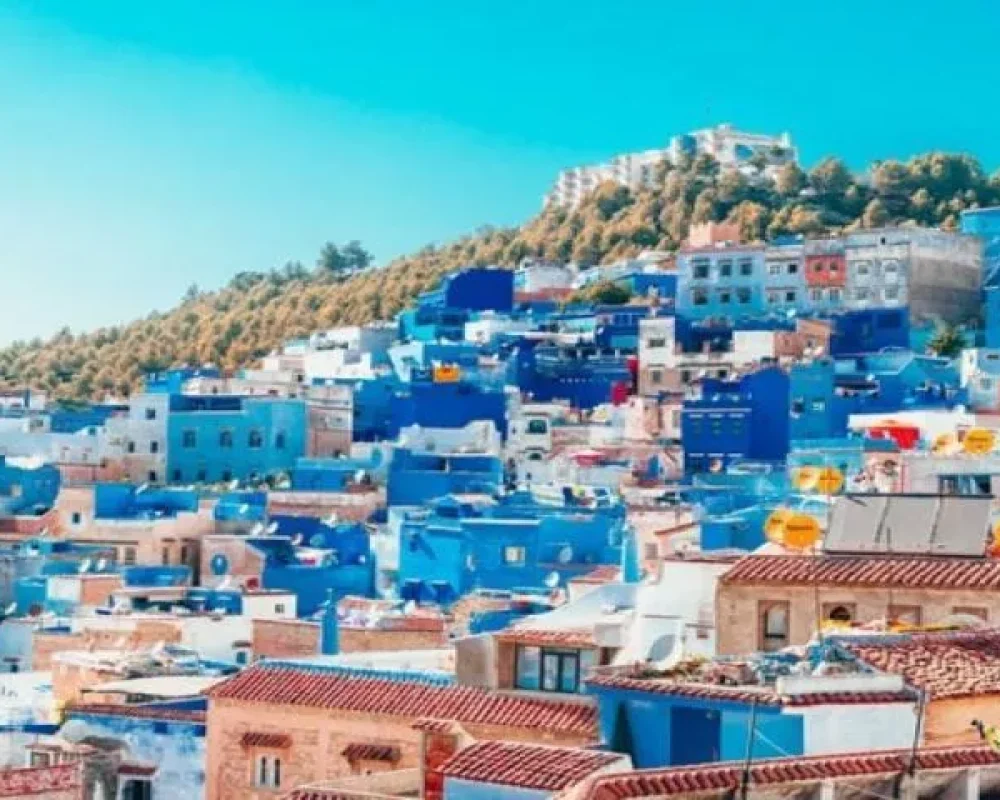

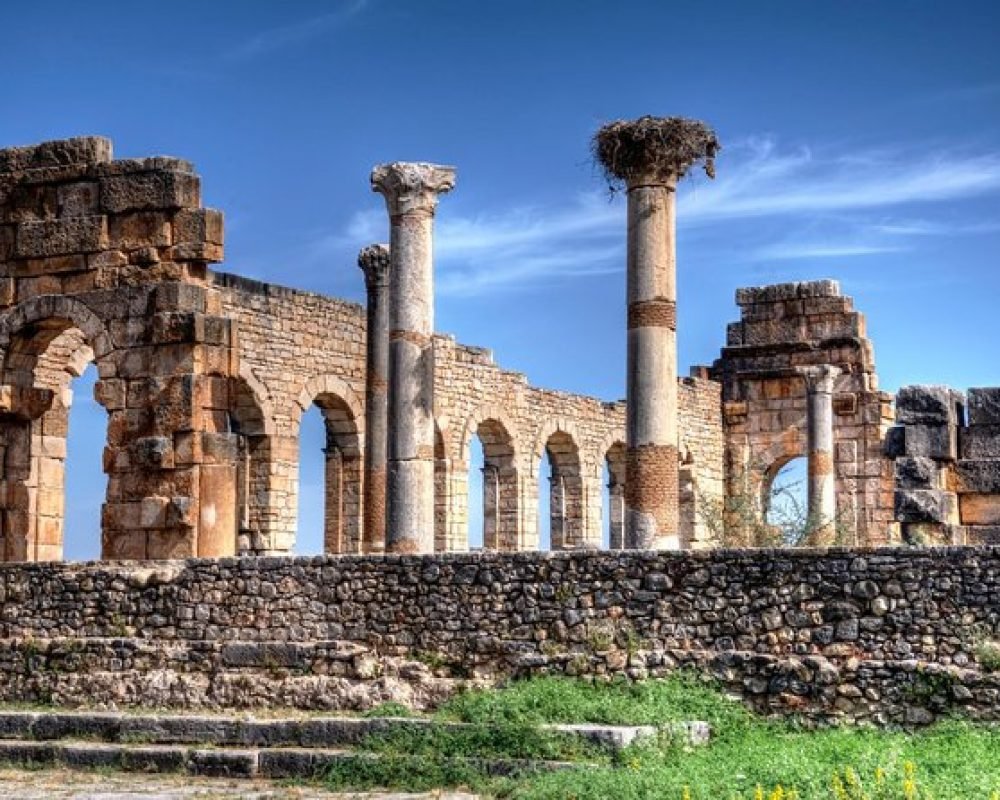
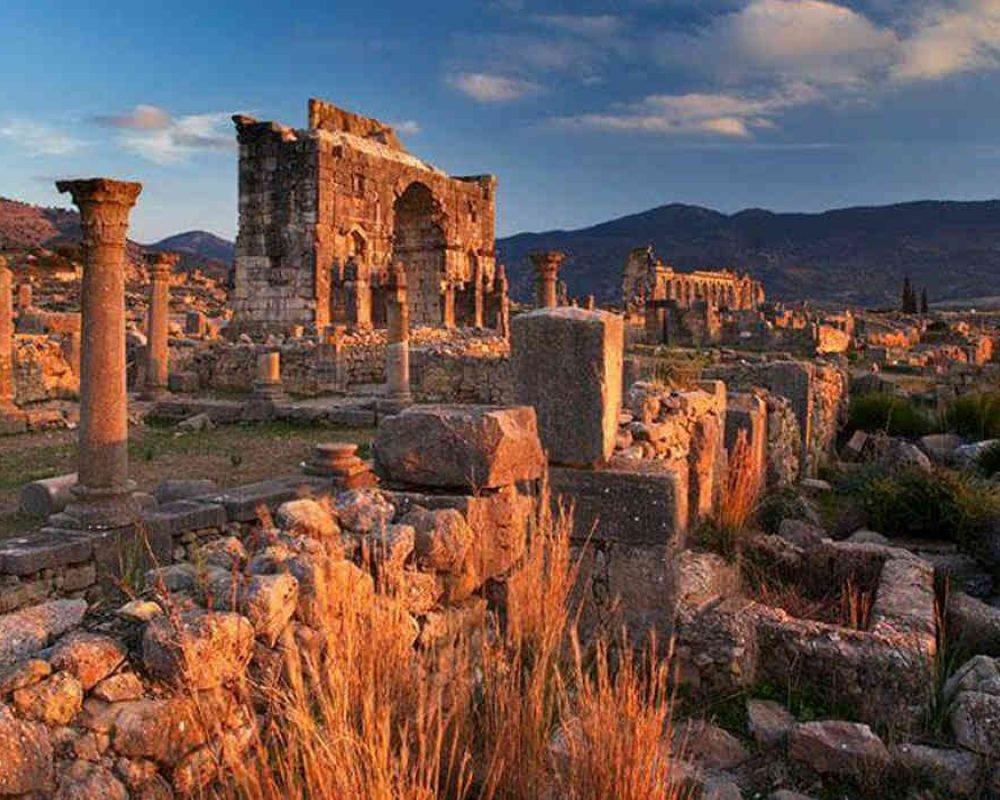
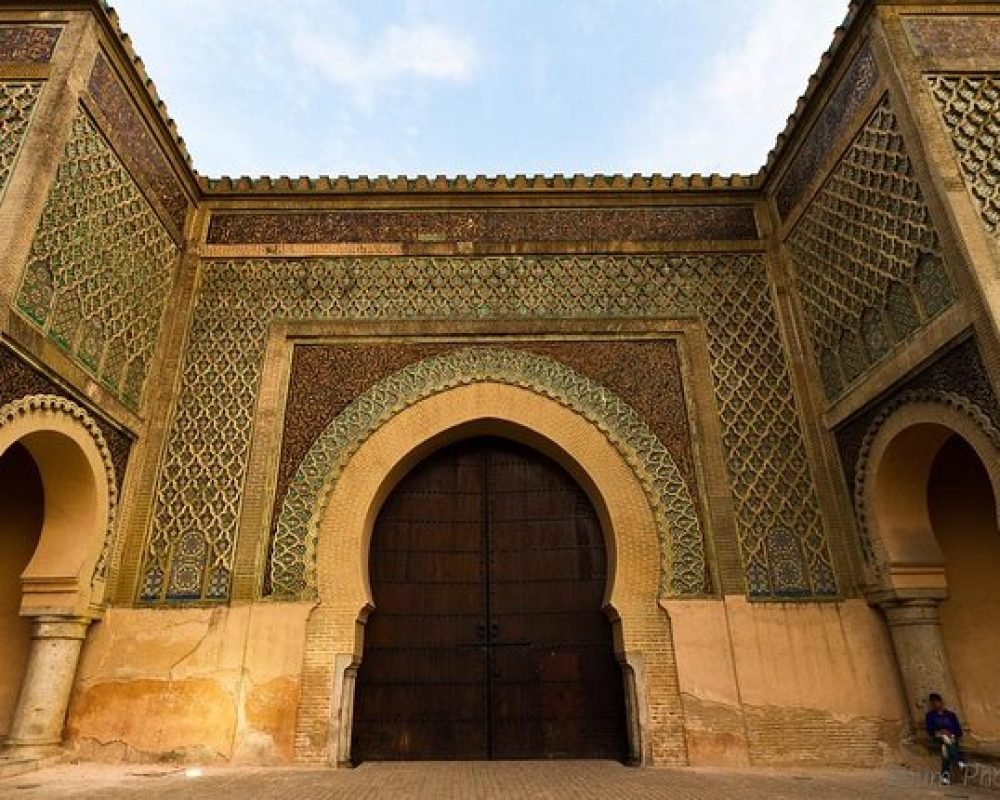
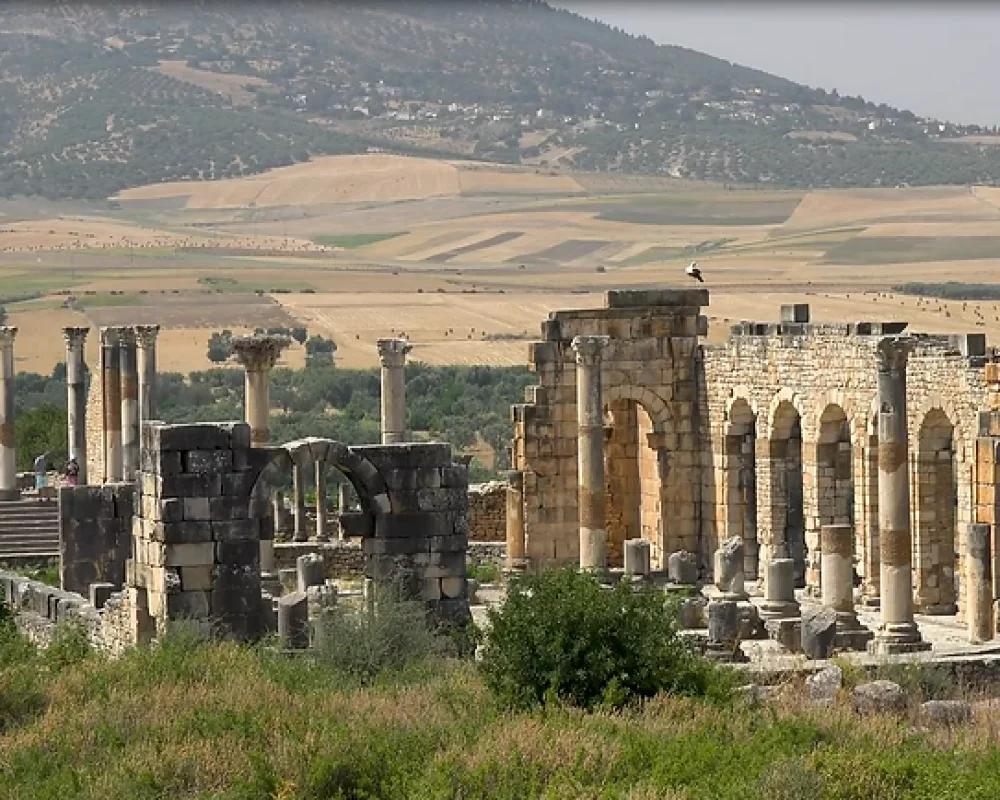
UNESCO Sites in Morocco
Morocco UNESCO World Heritage Sites
Medina of Fez: Founded in the 9th century, the Medina of Fez is one of the oldest and largest medieval Islamic cities in the world. It is famous for its labyrinthine streets, traditional architecture, and historic landmarks such as the Al-Qarawiyyin Mosque and University, which is considered the oldest continuously operating degree-granting university in the world.
Medina of Marrakech: Founded in the 11th century, the Medina of Marrakech is another well-preserved medieval Islamic city known for its vibrant souks, bustling squares (such as Jemaa el-Fnaa), and architectural treasures like the Koutoubia Mosque and the Saadian Tombs.
Ksar of Ait-Ben-Haddou: This fortified village, located along the former caravan route between the Sahara and Marrakech, is a prime example of southern Moroccan architecture. Its earthen buildings, or ksar, are built within high defensive walls and have been featured in numerous films and TV shows.
Historic City of Meknes: Established in the 17th century by Sultan Moulay Ismail, Meknes served as the capital of Morocco during his reign. The city is known for its monumental gates, impressive mosques, and harmonious blend of Islamic and European architectural styles.
Archaeological Site of Volubilis: Volubilis was a Roman settlement dating back to the 3rd century BCE. The site features well-preserved ruins of ancient Roman buildings, including grand villas, temples, and bathhouses, offering insights into Morocco’s Roman past.
Medina of Tetouan: The Medina of Tetouan is a historic walled city characterized by its Andalusian-influenced architecture and urban layout. It reflects the cultural exchange between Islamic Spain and Morocco during the medieval period.
Portuguese City of Mazagan (El Jadida): Mazagan is a fortified city built by the Portuguese in the early 16th century. Its defensive walls and bastions are well-preserved, showcasing Renaissance military architecture.
Rabat, Modern Capital and Historic City: a Shared Heritage: Rabat, the capital of Morocco, features a blend of modern and historic elements. Its UNESCO inscription recognizes its well-preserved historic landmarks, such as the Hassan Tower, the Mausoleum of Mohammed V, and the Kasbah of the Udayas.
Medina of Essaouira: Essaouira’s Medina is a well-preserved example of an 18th-century fortified town built according to European military architectural principles. It features a distinctive blend of Moroccan, European, and Islamic influences.
Archaeological Site of Lixus: Lixus was an ancient Roman-Berber city located on the Atlantic coast of Morocco. The archaeological site contains ruins dating back to the Phoenician and Carthaginian periods, including a Roman amphitheater and baths.
Medina of Tétouan (Tétouan, Northern Morocco): This medina represents a historic urban ensemble influenced by Andalusian and Moorish architectural styles. It features narrow streets, traditional houses with ornate courtyards, and historic monuments.
Agadir: Agadir is recognized for its modernist architecture and role as a gateway to the southern region of Morocco. While it suffered significant damage in a 1960 earthquake, it has since been rebuilt and serves as a major tourist destination.
These UNESCO World Heritage Sites collectively showcase Morocco’s rich history, cultural diversity, and architectural heritage.
Morocco has taken several measures to protect UNESCO World Heritage Sites within its borders. Some of these actions include:
Legislative Measures: Morocco has enacted laws and regulations aimed at safeguarding its cultural and natural heritage sites. These laws provide legal frameworks for the protection, conservation, and management of UNESCO sites.
Conservation Efforts: The Moroccan government, in collaboration with local communities and international organizations, undertakes conservation efforts to preserve the integrity and authenticity of UNESCO sites. This includes restoration work, maintenance activities, and monitoring of these sites.
Awareness and Education: Morocco conducts awareness campaigns and educational programs to promote the importance of UNESCO World Heritage Sites among the public, especially among local communities living near these sites. These initiatives aim to foster a sense of responsibility and stewardship towards the preservation of cultural and natural heritage.
Collaboration with UNESCO: Morocco collaborates closely with UNESCO and other international bodies involved in heritage conservation. This collaboration may involve sharing expertise, seeking technical assistance, and participating in joint projects aimed at protecting and promoting UNESCO sites.
Tourism Management: Given the significance of tourism in many UNESCO World Heritage Sites, Morocco implements sustainable tourism practices to minimize the negative impact of visitor activities on these sites. This may include implementing visitor management plans, controlling tourist numbers, and regulating tourism infrastructure development.
Community Involvement: Morocco actively involves local communities in the management and conservation of UNESCO sites. Engaging communities in decision-making processes and integrating traditional knowledge and practices can contribute to the sustainable preservation of these sites.
Overall, Morocco recognizes the importance of UNESCO World Heritage Sites as valuable assets that contribute to the country’s cultural identity, tourism industry, and sustainable development. By implementing various protective measures, Morocco aims to ensure that these sites are preserved for future generations to appreciate and enjoy.